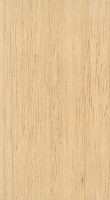 |
Common Name(s): Koto Scientific Name: Pterygota macrocarpa Distribution: West Africa Tree Size: 65-100 ft (20-30 m) tall, 2-4 ft (.6-1.2 m) trunk diameter Average Dried Weight: 37 lbs/ft3 (595 kg/m3) Specific Gravity (Basic, 12% MC): .51, .59 Janka Hardness: 940 lbf (4,200 N) Modulus of Rupture: 15,290 lbf/in2 (105.4 MPa) Elastic Modulus: 1,752,000 lbf/in2 (12.08 GPa) Crushing Strength: 7,590 lbf/in2 (52.4 MPa) Shrinkage: Radial: 5.1%, Tangential: 10.6%, Volumetric: 15.0%, T/R Ratio: 2.1 |
Color/Appearance: Pale yellow heartwood; little color variation from sapwood to heartwood. Quartersawn surfaces can exhibit ray fleck. Steamed or dyed veneer is not uncommon.
Grain/Texture: Straight to slightly interlocked. Texture moderately coarse.
Endgrain: Diffuse-porous; solitary and radial multiples; large pores in no specific arrangement, very few; mineral/gum deposits occasionally present; parenchyma vasicentric, diffuse-in-aggregates, banded; medium to wide rays, spacing wide.
Rot Resistance: Rated as non-durable; poor insect resistance.
Workability: Good working characteristics, though tearout can result on pieces that have interlocked grain. Glues, stains, and finishes well.
Odor: Has a strongly unpleasant smell when green which disappears once dry.
Allergies/Toxicity: Although severe reactions are quite uncommon, Koto has been reported to cause skin irritation. See the articles Wood Allergies and Toxicity and Wood Dust Safety for more information.
Pricing/Availability: Generally available as veneer, prices are in the mid range for an imported hardwood.
Sustainability: This wood species is not listed in the CITES Appendices, but is on the IUCN Red List. It is listed as vulnerable due to a population reduction of over 20% in the past three generations, caused by a decline in its natural range, and exploitation.
Common Uses: Veneer, plywood, and furniture.
Comments: No data available.
None available.
Scans/Pictures: A special thanks to Steve Earis for providing the wood sample of this wood species.


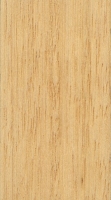
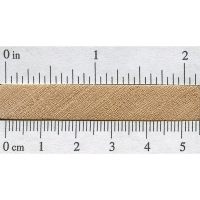
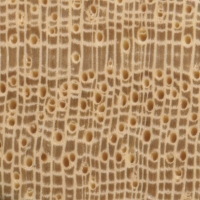
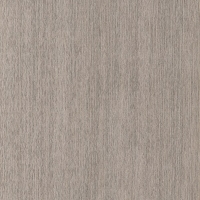
I’m wondering about grain comparison between ash and koto. Want a finer grain. Definitely do not want it to be mistaken for oak. Which would be better? Thank you.
Koto will definitely not be mistaken for oak of any species. It is not as hard as oak and turns nice with sharp tools. The wood has open grain so it takes a lot of finish to get a nice smooth feel to the end product.